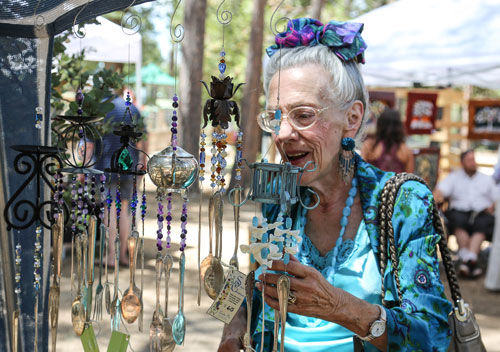
Idyllwild Garden Club
There is no need to wait for spring to enjoy the beauty of blooms. Even in frigid weather, our San Jacinto Mountains climate offers the joy and color of many early bloomers.
The star of all winter-blooming shrubs is the camellia. These graceful evergreen shrubs clothe themselves with hundreds of blossoms set against a lavish background of dark green leaves. Their ability to flourish in full sun or shade allows for greater freedom of use in the landscape. Native to eastern and southern Asia, there are more than 3,000 listed varieties.
The two most common species of camellia found at our local nurseries are C. japonica and C. sasanqua.
C. japonica is hardy to 0 degrees Fahrenheit and the most recognized of the camellias. It is an upright, spreading shrub or small tree that grows best in dappled shade. The evergreen foliage is glossy and dark green, usually broadly oval to 3 inches in length. The variety of flower color ranges from pure white and numerous shades of pink, to darkest red, usually with yellow stamens.
The C. sasanqua is also hardy to 0 degrees Fahrenheit (USDA Zones 7-9), and bears a profusion of lightly scented flowers that can appear as early as September for early bloomers, October for midseason bloomers, and December for late bloomers. The growth habit of these cultivars varies from low and compact, to upright and bushy. They can tolerate a little more sun once established, but the roots must be kept cool.
Some simple guidelines will assure success in growing camellias. Plant them either on the north side of the house or in dappled shade such as under the canopy of tall trees and cover their roots with a 3 inch layer of bark mulch to keep soil cooler in hot summer months. Camellias prefer an acid, well-drained soil, high in organic matter. The shallow root system lends itself well to transplanting.
When planting, thoroughly mix in amendments like peat moss, camellia-azalea planting mix, and compost; place the plants so water drains away from the trunk. Be sure the area drains water quickly. Camellia roots do not like to be soggy. Established plants (more than 3 years old with full foliage that offers shade to their own roots) can get by with little supplemental water in summer as opposed to copious amounts of water. Fertilize a few times with a commercial acid plant food in the weeks and months following bloom.
Just prune to shape and pinch back to keep bushy. If the shrub gets too bushy so you can’t see the flowers, that’s the time to thin out a few branches and let a little more light into the center.













